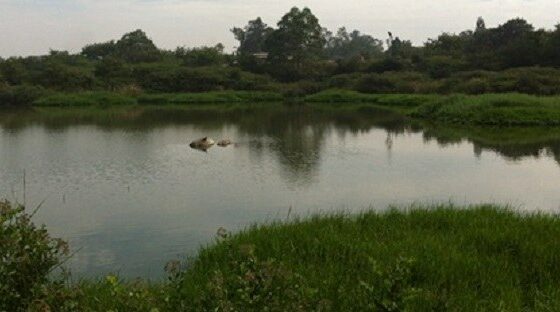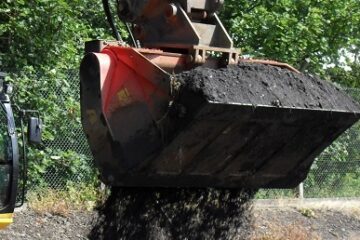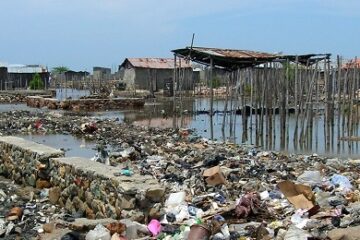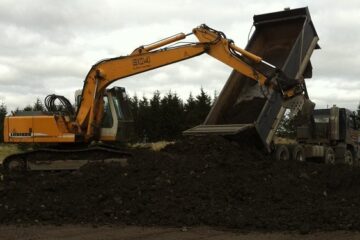A new term for me last week, although I’ve dealt with the process I’ve not called it this before. The lake in the picture above, teeming with birds and fish, needs to be remediated.
The 1.4m depth of sediment in the lake, and water below 1m in depth, is heavily contaminated with solvents and heavy metals. That’s why we were approached. Dredging for high yields of sediments isn’t a simple process, the in-experienced end up chasing the finer particles around in circles, or just missing them entirely and leaving contamination.
A great place to start though is to stop the source of contamination (Of course you scream!). The video below shows the reportedly ‘clean’ inlet. Smell-o-vision reinforces suspicion about the black bubbling stream.
httpvh://www.youtube.com/watch?v=y0s0RxnL-nE&feature=plcp”>httpvh://www.youtube.com/watch?v=y0s0RxnL-nE&feature=plcp
Cleaning sediments is difficult, the most viable method is to stabilise the sediments, either for re-use on site or for disposal. Click here for more information on environmental stabilisation / solidification.
2021
Soil remediation guide
Approaching soil remediation without any prior knowledge can be difficult and uncomfortable at times, especially when it can potentially be very costly. This free eBook will help you understand the whats, the whys and the hows of soil remediation in the simplest terms.







Leave a Reply